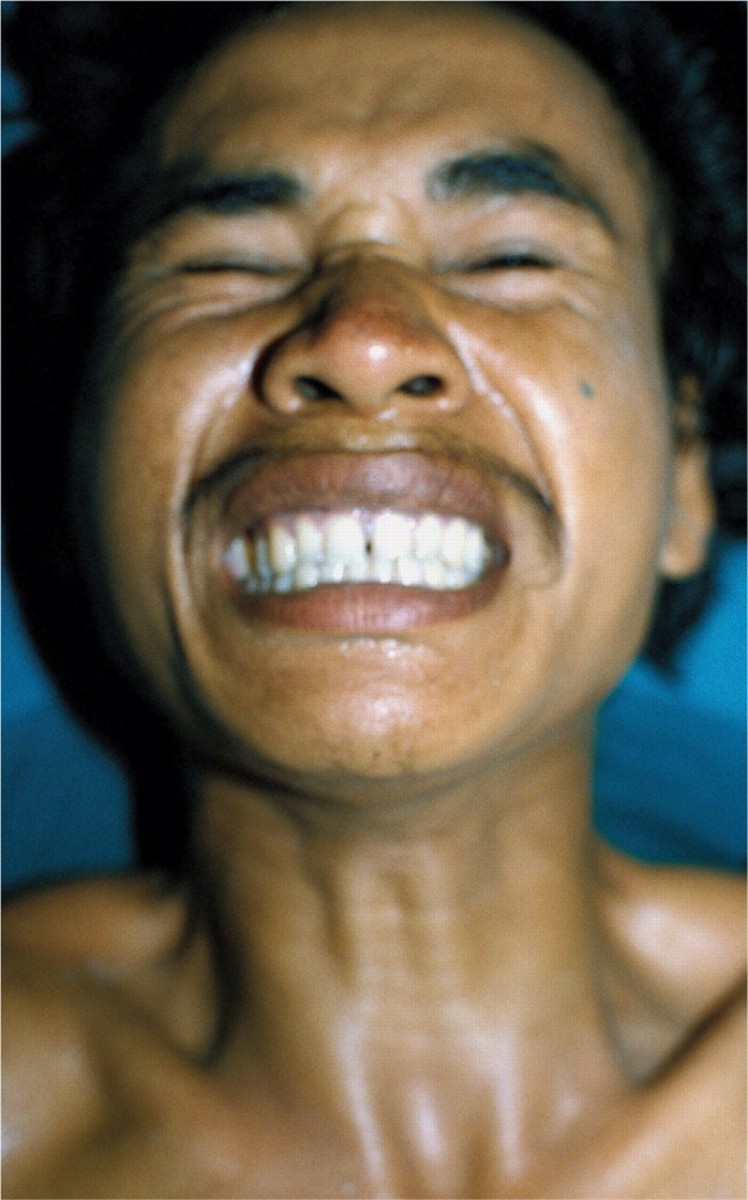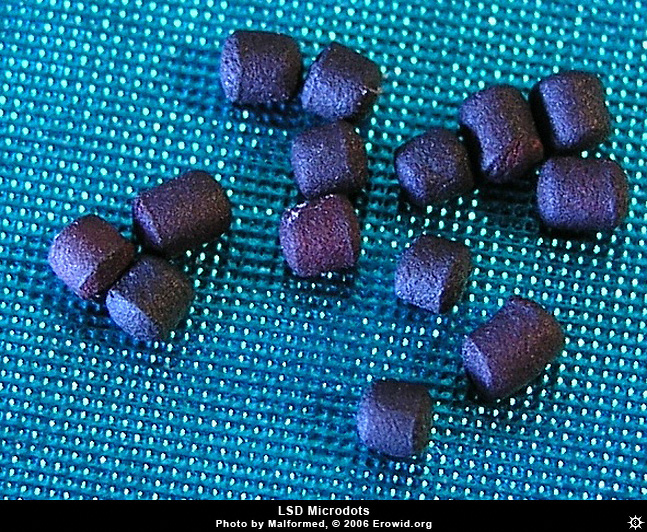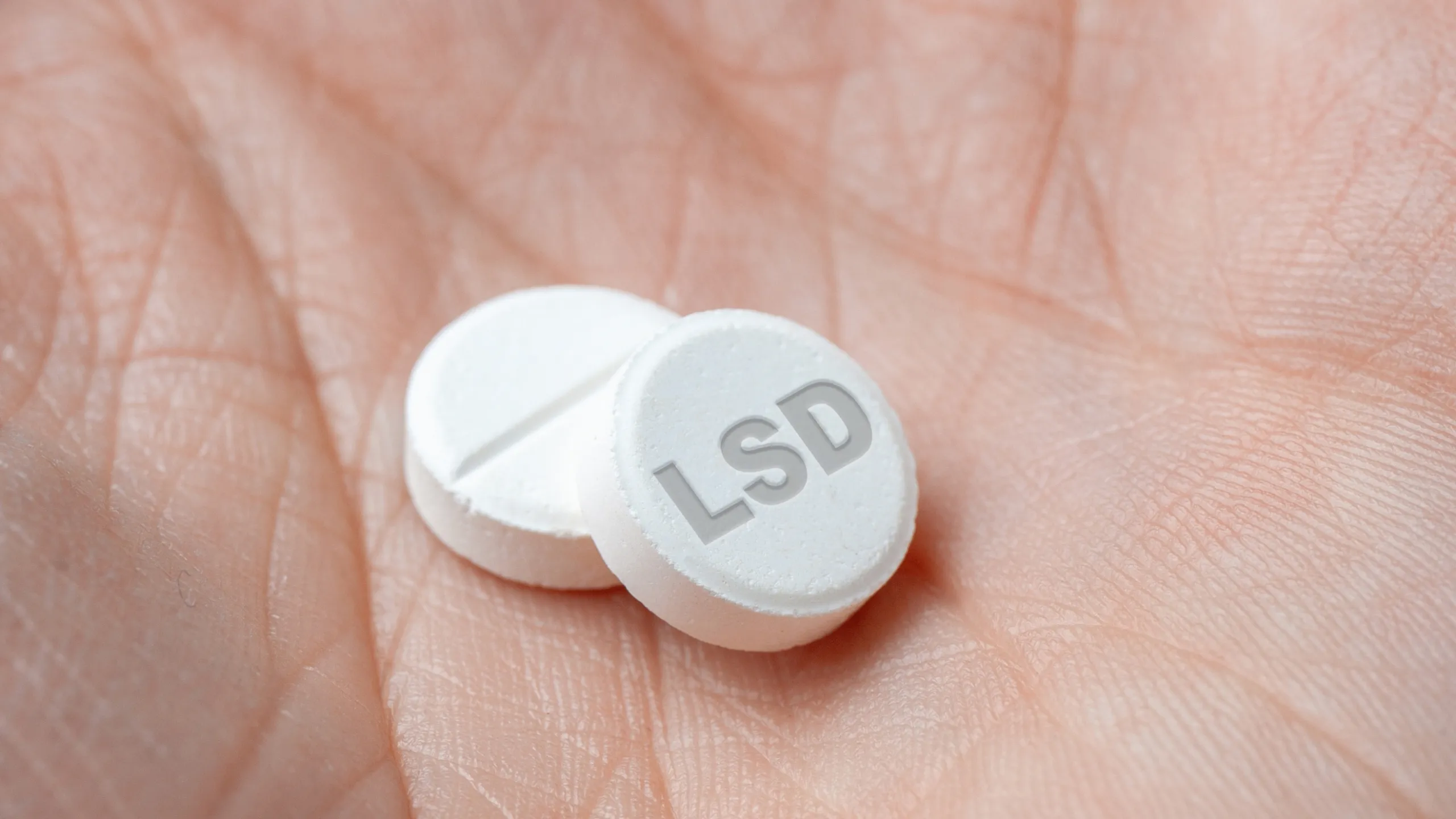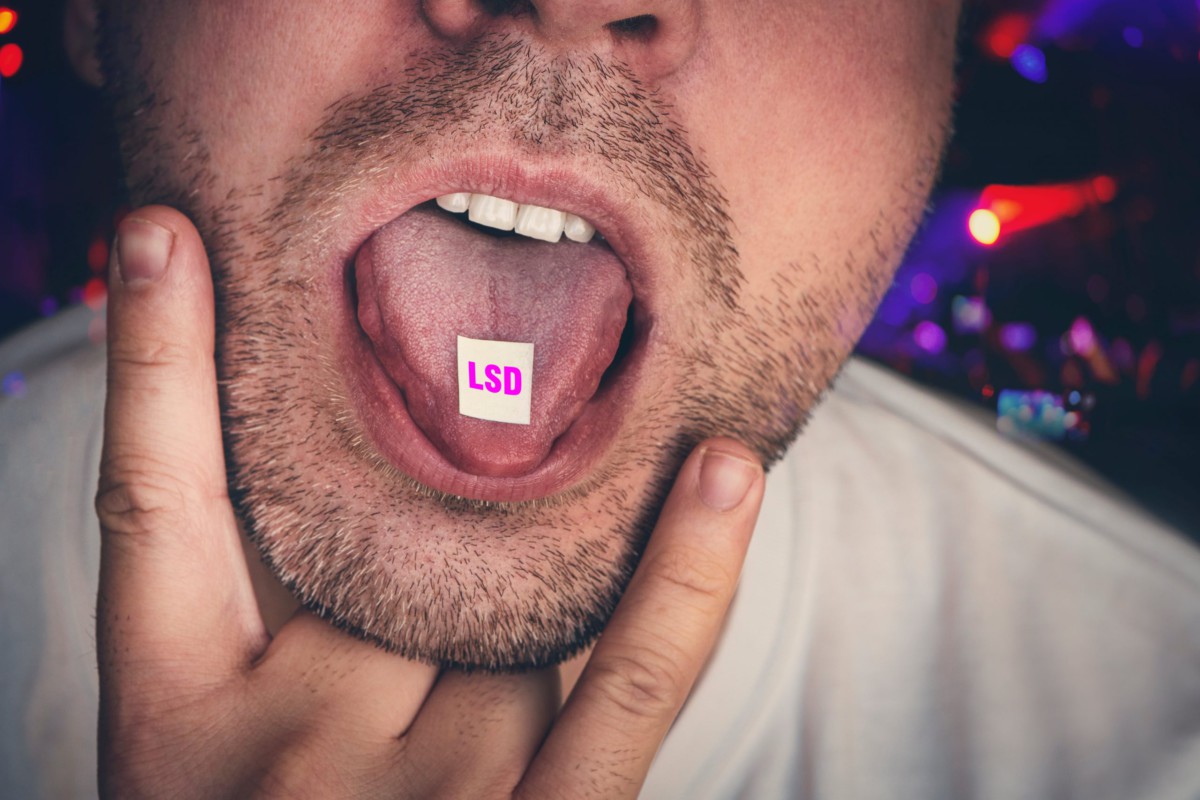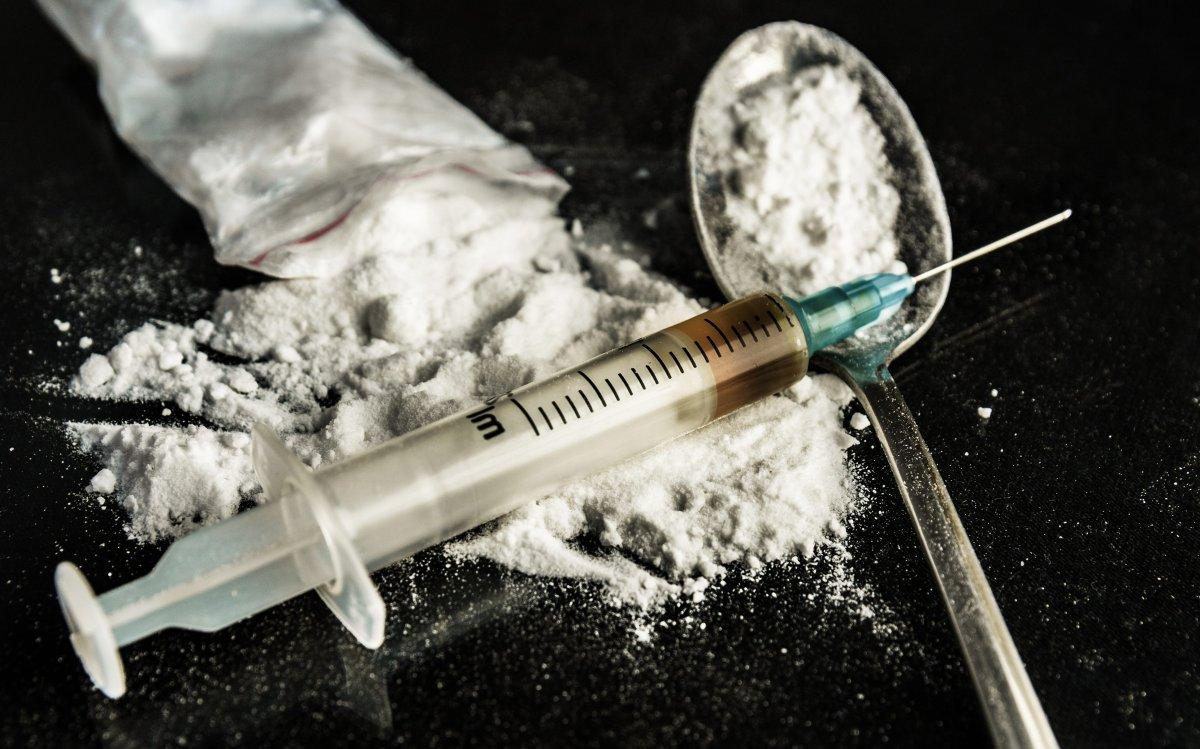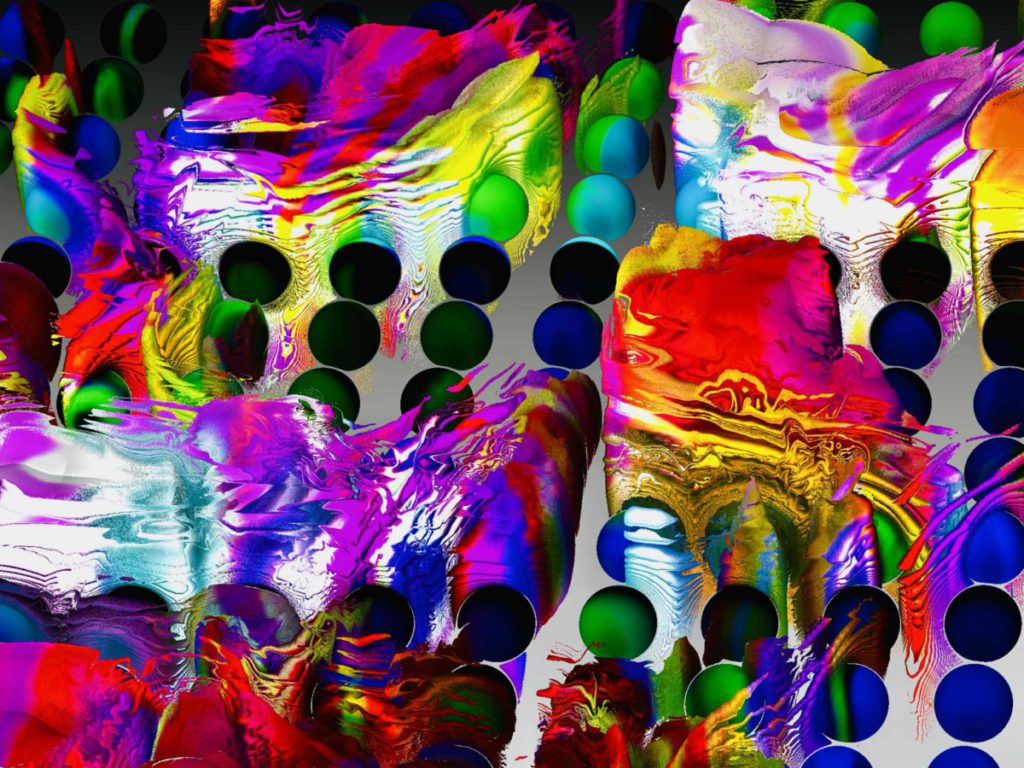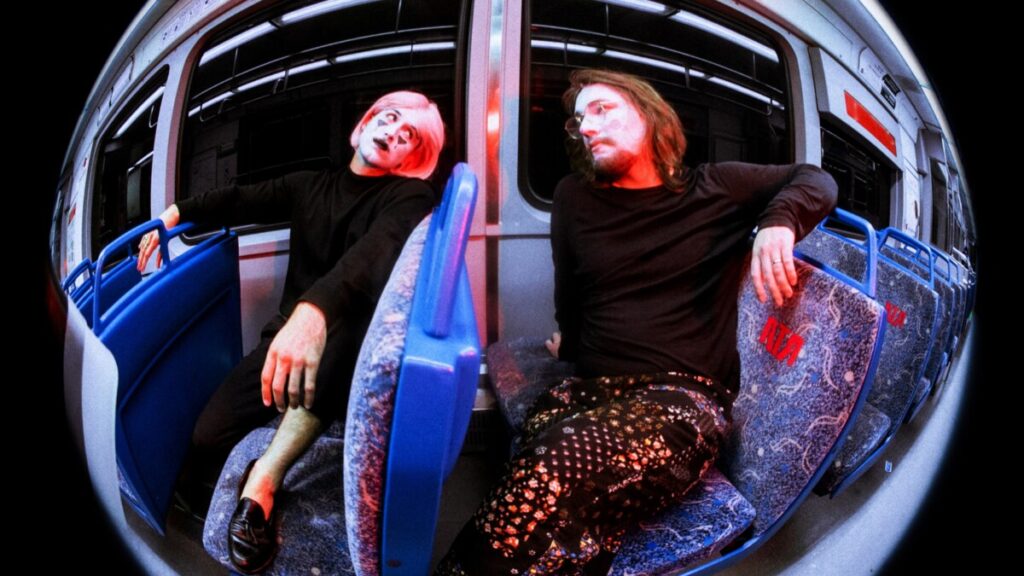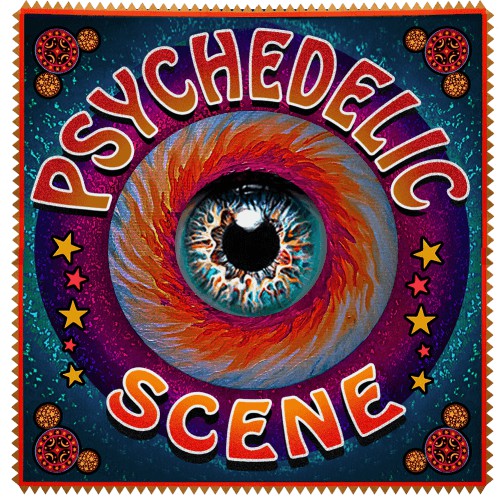Acid Lore: LSD is Laced with Strychnine!
Acid Lore: LSD is Laced with Strychnine!
Some folks like water
Some folks like wine
But I like the taste
Of straight strychnine
(The Sonics)
Imagine you’d been poisoned with strychnine. You would soon start to feel agitated and filled with apprehension. Then your muscles would go into agonizing spasms, your teeth would clench, and your back and neck would arch backward uncontrollably as if you were possessed by a demon from hell. Your mouth would be twisted by a risus sardonicus – a ghastly involuntary grin. If the dose were high enough, respiratory failure and death would soon follow.
Now imagine that on acid. That’s what drug users, drug dealers, drug workers, reporters, police, educators, and anti-drug moral entrepreneurs have been doing since the 1960s – imagining that LSD was laced with deadly strychnine.
Strychnine is not added to LSD to increase potency, as some rumours said.
But it wasn’t true. Strychnine is not added to LSD to increase potency, as some rumours said. Nor is it added simply to bulk out the drug and so increase profit. LSD doesn’t break down into strychnine, nor is the poison a required catalyst in the production process. Nor was it true – as one anti-drug crusader told the Young Conservatives in 1971 – that strychnine was added to LSD simply to ‘add to the horrors of the trip.’[i]
It’s a powerful and persistent myth that LSD is or has ever been laced with strychnine. But where did this urban legend come from, and why does it have such a grip on our imagination? And could there even be a grain of truth to the myth?
[i] ‘LSD – the most horrible of all’, Kent and Sussex Courier, 19 March 1971, p.22
Watch out for the little blue tabs
In August 1969, master of ceremonies Chip Monke took to the stage in front of nearly five hundred thousand people at the Woodstock music festival and famously warned the crowd to be wary of the brown acid. However, he also issued a less well-known warning, this time about the little blue tabs. ‘Watch out for the little blue tabs – they’ve been found to have traces of strychnine in them.’[i] Dr William Abrozzi, also known as Dr Rock, treated nearly 800 bad trips while he was at Woodstock, several of which he put down to strychnine poisoning.
This shows the myth was circulating widely by the end of the ’60s. Uncritical reports seemed to emerge in 1968 and 1969 in the newspapers, so the rumours may have been spreading around underground communities a year or two before this. For example, in February 1969 Wichita police were testing samples of confiscated street acid for the presence of strychnine. We are not told if they found any, suggesting they had not.[ii]
More reports followed, spreading to Canada where several festival goers in Ontario were treated after bad trips supposedly caused by LSD laced with strychnine. ‘The cops managed to keep cool,’ ran the headline in the local paper, ‘but some of the kids didn’t.’[iii]
There are many more newspaper accounts of drug trips gone wrong due to strychnine poisoning, though there seems to have been no laboratory confirmation of the poison’s presence in any of these.
[i] ‘Kids of mainstream America did their thing’, Boston Globe, 24 August 1969, p.123
[ii] ‘Police lab tests of LSD; poison feared’, Wichita Beacon, 8 February 1969, p12
[iii] ‘The cops managed to keep cool but some of the kids didn’t’, Times Colonist, 10 September 1969, p.5
White Acid
When Eric Dietrich (18) was found dead in his room on the campus of Ohio University in 1970, police blamed his death on ‘white acid’ that had been cut with strychnine. This was based on the testimony of two of his friends who said he had taken the drug the night before he died. Furthermore, the press claimed that 50 people had sought treatment after becoming deathly sick and vomiting blood after taking the white acid.[i]
However, subsequent reports contradicted this story, with the Police Chief of the narcotics bureau saying that the so-called white acid had actually been PCP, or Angel Dust, which was likely responsible for unwanted symptoms in youths expecting a much milder psychedelic experience. In fact, no one had been treated for strychnine poisoning.[ii]
The myth of strychnine-laced acid continued to spread by word of mouth among users of the drug, often to explain away a bad trip. By the 1980s, the warnings about strychnine-laced acid might be xeroxed and put up in offices and staff rooms by well-meaning moral entrepreneurs. It became acid lore.
[i] ‘LSD laced with strychnine blamed in Ohio youth’s death’, Palladium Item, 8 October 1970, p.14.
[ii] ‘Columbus police differ on white acid contents’, Daily Reporter, 8 October 1970, p.6
UK Parliament on Acid
It was even debated in the UK Parliament in 1990.[i] Sir Michael McNair-Wilson of the Conservative Party asked of the Secretary of State: ‘What action his Department and the police are taking to discover the source of self-adhesive stickers laced with LSD and strychnine which are being offered to children; and whether anybody has yet been apprehended for offering these substances.’
The Secretary of State, Peter Lloyd replied: I understand from the national drugs intelligence unit and the police that they have not been able to find any evidence whatsoever to support claims that such stickers exist. In the absence of such evidence, the police here and in other countries believe that circular letters claiming that such stickers are being offered to children are a hoax, although they remain ready to examine any evidence which is put to them.’
So rumours that LSD is often laced with strychnine are widely considered hoaxes, urban legends, or scary stories told by anti-drug moral entrepreneurs. But the truth is actually a little more complex.
[i] https://hansard.parliament.uk/commons/1990-12-13/debates/7c416151-d055-44b1-871b-97d336f7de79/LsdAndStrychnine
Acid Tests
Albert Hoffman, the man who first synthesized LSD, wrote in his book LSD: My Problem Child that in 1970 his lab received a powder that had been sold as LSD that did turn out to be strychnine. Two young men were hospitalized after taking the powder and one subsequently died.[i] In this case (assuming it’s true and Hoffman is not misremembering and citing an urban legend) the LSD was not laced with strychnine, it was rather that the strychnine was being sold as LSD.
In 1973 a girl of fifteen was taken ill after being given a pill by a fellow pupil in Anderson High School, North Carolina. Doctors induced vomiting and the girl recovered. The boy who had provided the pill claimed it was laced with strychnine to enhance the effect. No toxicology information was released about the schoolgirl, and the boy may just have been quoting the strychnine myth, but, interestingly Seargeant Ronald Haskins from the local narcotics and intelligence squad said that police labs had tested other pills from the same batch and that one of them had contained strychnine. The other samples were destroyed.[ii]
In a 1972 study of street drugs available on a university campus, toxicologists Stuart James and Sudhir Baht analyzed 41 samples of drugs sold as LSD. Most of the samples contained LSD of widely varying dosages, though several were adulterated with amphetamine, PCP, or other drugs– or contained no active ingredient at all. However, one sample, a white pill, did contain strychnine as well as LSD. The authors were surprised at this. They expected strychnine to be far more common given the widely held belief about its presence.[iii]
So although the belief that strychnine is widely present in LSD is a myth, there does seem to be some evidence that it has been found in a few samples. Such cases, though, are vanishingly rare and unlikely to have involved a fatal dose. Adverse reactions after taking LSD are far more likely caused by taking a higher dose of the drug than intended or the drug containing PCP, amphetamine, or another unexpected psychoactive ingredient.
[i] Albert Hoffman, LSD: My Problem Child (LA: J.P. Tarcher, 1983), p.71
[ii] ‘Strychnine laced LSD is found’, Winston-Salem Journal, 10 October 1973, p.1
[iii] Stuart James and Sudhir Baht, ‘Analysis of Street Drugs: A Sixteen Month Study of the Actual Content of Illicit Drug Preparations in a Community’, Journal of Drug Education 2(2), 1973, pp.197-210
China White
But perhaps the strychnine in acid trope can be traced back even further than the late 60s.[i] Strychnine was added to opium and heroin as far back as the 1920s in Asia. In opium, it may have been used in non-lethal doses as a cheap substitute or adulterant as it has a similar bitter taste. Strychnine was also added to the variety of heroin known as China White to facilitate the smoking of the drug.
Perhaps the moral panic surrounding LSD in the 1960s and afterward triggered a folk memory of the panic around opium and heroin from a few decades earlier, and this fed into stories about strychnine in acid. There could also be some of what folklorists call ostension – the acting out in real life of a legend. Perhaps some amateur chemists heard that LSD was laced with strychnine to enhance its effect and therefore foolishly added it to the drug themselves.
[i] Claire Cole et al, ‘Adulterants in illicit drugs: a review of empirical evidence’, Drug Testing and Analysis, 3 (2011), pp.89-96 doi: 10.1002/dta.220
Killer Ingredient
I also suspect that waves of supposed strychnine poisoning at festivals in the 60s and 70s may have been the result of social contagion and the nocebo effect – the placebo effect’s evil twin. Hearing stories of strychnine in LSD, people might start to interpret every twitch or random ache or pain as the effects of strychnine poisoning, and the hypersensitive acid-fueled imagination would do the rest. This could easily spread to others at the festival who see someone freaking out under the misapprehension they’d been poisoned.
In any case, the myth of strychnine-laced acid reflects our fear of contamination and the fact that street drugs are untested and unregulated – the consumer can never be sure what’s in them. However, the myth also proved a formidable propaganda tool, especially as it is still widely believed even though there are extremely few recorded instances of such adulteration.
Since the 1960s, trippers have blamed their bad trips on strychnine in the acid. But the killer ingredient was in their head all along.
Paul Weatherhead is the author of a new book: Social Panics & Phantom Attackers: A Study of Imaginary Assailants | SpringerLink
Gallery
Recent Articles
Podcast with Andrew Weisse: Beyond The Journey
•
December 5, 2025
The Club Is Open by Radderall & Muzzy Fossa–Album Review
•
December 3, 2025
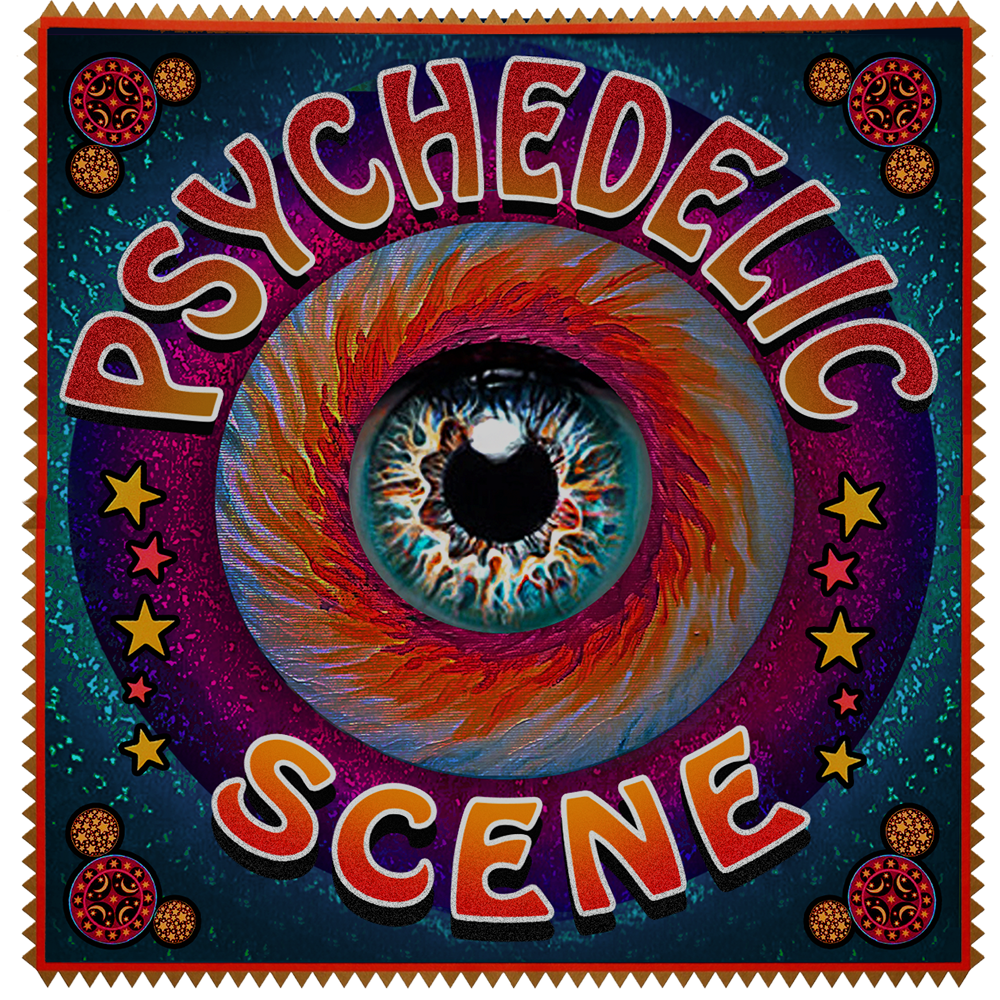
Loading...
The Club Is Open by Radderall & Muzzy Fossa–Album Review
- Bill Kurzenberger
